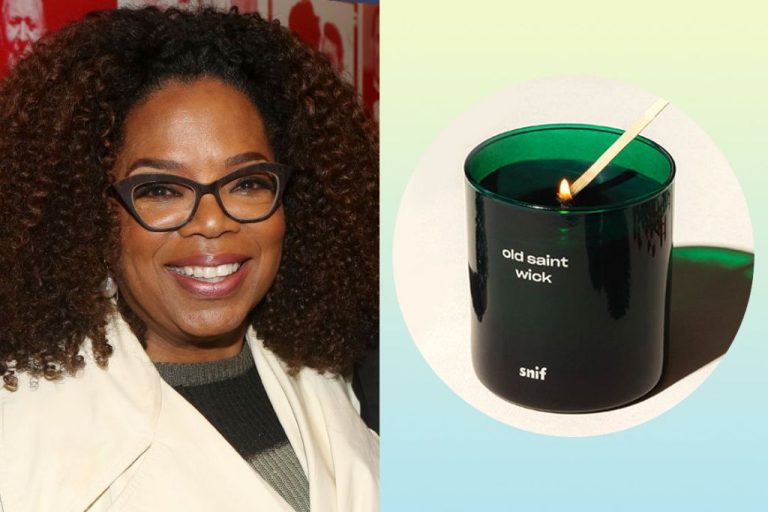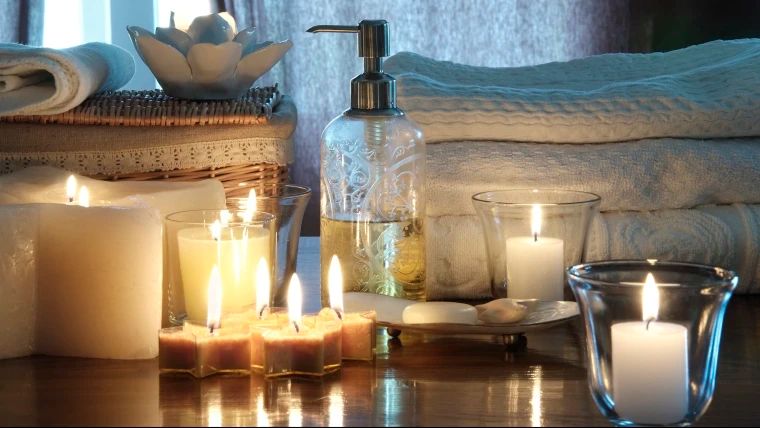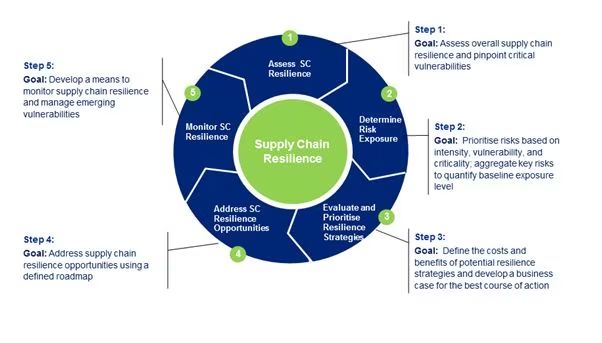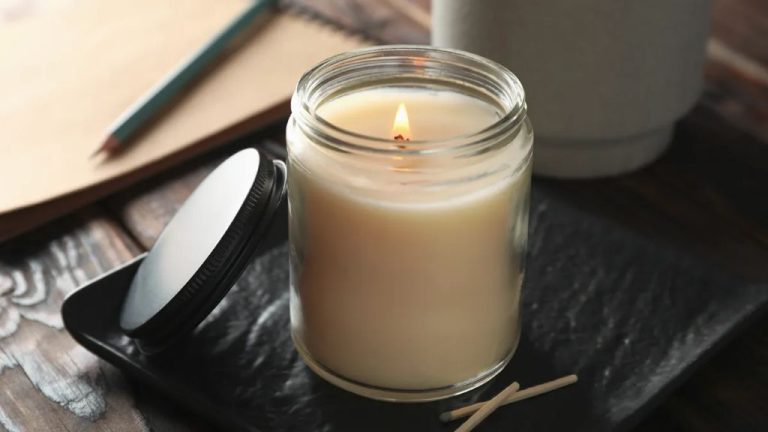Which Candle Is Most Powerful?
Candles have been used for light and ambiance for centuries. Today, there are many types of candle waxes available, each with their own properties that affect how they burn. This article will compare some of the most popular candle waxes to determine which type is the most powerful overall.
The goal is to analyze the different properties of major candle waxes to rank them in terms of total power output. This will provide readers with a helpful guide to selecting the most powerful candle for their needs.
What Determines a Candle’s Power?
A candle’s power is determined by a few key factors relating to its wax, wick, and size/shape. The type of wax used makes a big difference in how the candle burns and performs. Harder waxes like paraffin and beeswax hold their shape as they melt and burn slower and cooler than softer waxes like soy and coconut. The wick size and material impacts power too – larger wicks and cotton or wood wicks produce taller, hotter flames. Smaller wicks and zinc or tin core wicks give more even, controlled burns. A candle’s size and shape also affects its power, with larger mass candles burning stronger. Tall, wide pillars and votives put out more light than smaller tapers and containers (https://candles.org/candle-science/).
Paraffin Wax Candles
Paraffin wax, derived from petroleum, is the most common and inexpensive wax used for candles. According to research from Protons for Breakfast (https://protonsforbreakfast.wordpress.com/2013/11/05/candle-mass-and-candle-power/), paraffin wax has a relatively high energy density at around 43 MJ/kg. This means paraffin candles can produce a good amount of heat and light compared to their size and cost. However, some find the scent of paraffin wax unpleasant, and the soot it produces can dirty the surrounding area as it burns. Paraffin is also not a sustainable or natural wax.

Beeswax Candles
Beeswax candles are made from bee honeycomb. The honeycomb is melted and filtered to remove impurities, then poured into wicks to form candles. According to Beeswax Emergency Candle, beeswax candles burn longer than paraffin wax candles because beeswax has a higher melting point. The natural wax and cotton wicks allow beeswax candles to burn slowly and evenly for up to 35 hours.
Because beeswax is natural, non-toxic, and biodegradable, beeswax candles are considered eco-friendly. The honey aroma also makes beeswax candles pleasing to burn. While more expensive than paraffin, beeswax can be a good option for those concerned about indoor air quality or looking for emergency power outage candles.
Soy Wax Candles
Soy wax candles are made from soybeans and are considered an environmentally friendly option. Soybeans are a renewable resource, and soy wax is biodegradable and cleans up with soap and water.1 Soy wax has a lower melting point than paraffin wax, so soy candles burn slower and cooler. The lower burning temperature helps preserve fragrance, resulting in stronger scent throw. Soy wax is also less prone to soot, meaning soy candles burn cleaner.
Many people choose soy candles because they are non-toxic and made from a sustainable crop. Soy wax itself is odorless, so any scents come from essential oils or fragrance oils rather than the wax itself. Hand-poured soy candles from small batch makers are popular gifts and home decor items.
Gel Wax Candles
Gel wax candles are made from a mixture of mineral oil and polymer resin. This gives the wax a transparent, gel-like appearance that allows for bold, opaque colors like red, blue, and purple that you can’t achieve with other waxes. The resin content also makes gel wax more rigid so it can suspend embeds and accents (source).
One of the biggest benefits of gel candles is their exceptionally long burn time. The resin gives gel wax a higher melting point than other waxes, so it liquefies slower once lit. A single gel wax candle can burn for up to 250 hours! This makes it a great option if you want fewer but longer-lasting candles(source). The slow melt pool also helps the wax last longer before needing to be replaced.
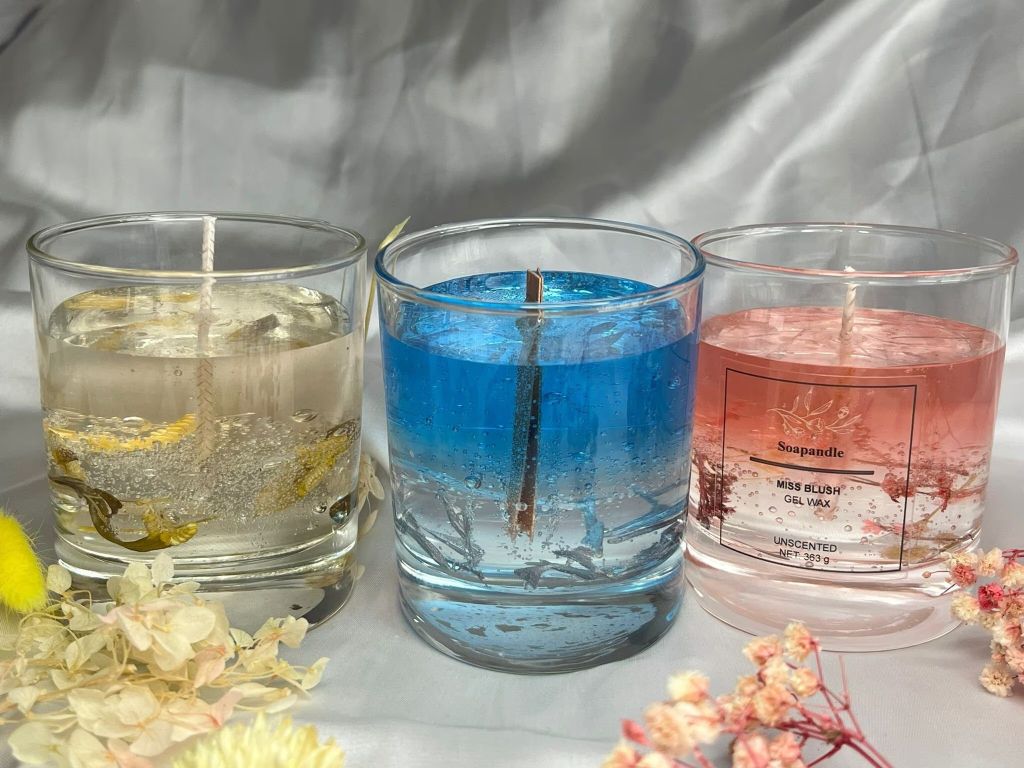
While gel wax is not the most environmentally-friendly choice due to the petroleum-based ingredients, the long burn times mean you need fewer candles overall. The bold colors and ability to add embeds also allow you to create stunning decorative candles that can be true focal points.
Palm Wax Candles
Palm wax candles are made from palm oil, which comes from the fruit of oil palm trees. Palm oil is extracted from the fleshy pulp of palm fruit. According to Cargill, palm wax provides clean burning candles with exotic fragrances[1]. The high oil content allows palm wax to hold more fragrance oil than many other waxes. Colonial Candle Crafters states that palm wax candles create “unique and unusual characteristics” and allow for “an exciting twist to the pastel colors and exotic fragrances” compared to other waxes[2]. The exotic tropical origins of palm oil give it an interesting appeal for fragrance aficionados.
Coconut Wax Candles
Coconut wax candles are made from the oil extracted from coconuts. Coconut wax is a natural, renewable resource that does not require pesticides or fertilizers to grow (source). Candles made from coconut wax burn clean and have an excellent fragrance throw, meaning they fill the room with a strong pleasant scent (source). The natural properties of coconut wax allow the candles to burn slowly and evenly, resulting in a longer burn time compared to other types of wax. Coconut wax is also hardy and stable, so the candles retain their shape and have less issues with cracking or frosting. Overall, coconut wax candles provide a natural, renewable option that produces a powerful scent throw and long-lasting burn.
Comparing Power
When comparing the power of different candle waxes, there are a few key factors to consider:
Burn Time – This refers to how long a candle will burn. Beeswax, soy wax, and paraffin wax all tend to have a longer burn time than other waxes like gel wax or palm wax. Beeswax in particular is very dense and long-lasting.1
Hotness – The temperature of the wax as it burns is known as the melt point. Paraffin burns the hottest, followed by soy wax and beeswax which burn at medium temperatures. Candles like gel wax burn cooler.2
Fragrance – Beeswax and soy wax both hold fragrance oils better than paraffin wax. Gel wax also retains fragrance very well. Paraffin wax may need more fragrance oil added to achieve the same scented strength.
Environmental Impact – Soy wax and beeswax are natural waxes, while paraffin wax is a petroleum byproduct. Natural waxes like soy are often considered eco-friendlier options.
When ranking candle power, paraffin wax is generally considered the most powerful due to its high temperature burn and strong melt pool. However, natural waxes like soy and beeswax have advantages in burn time, fragrance, and environmental impact. The “power” depends on the specific needs of the candle.
Most Powerful Candle
Based on all the factors compared, the most powerful candle type is beeswax. Here are the key reasons why beeswax candles are the clear winner:
Beeswax burns the longest out of all the candle waxes. A pure beeswax candle can burn for up to 8 hours, while most other types max out at around 6 hours. The longer burn time means you need fewer candle replacements.[1]
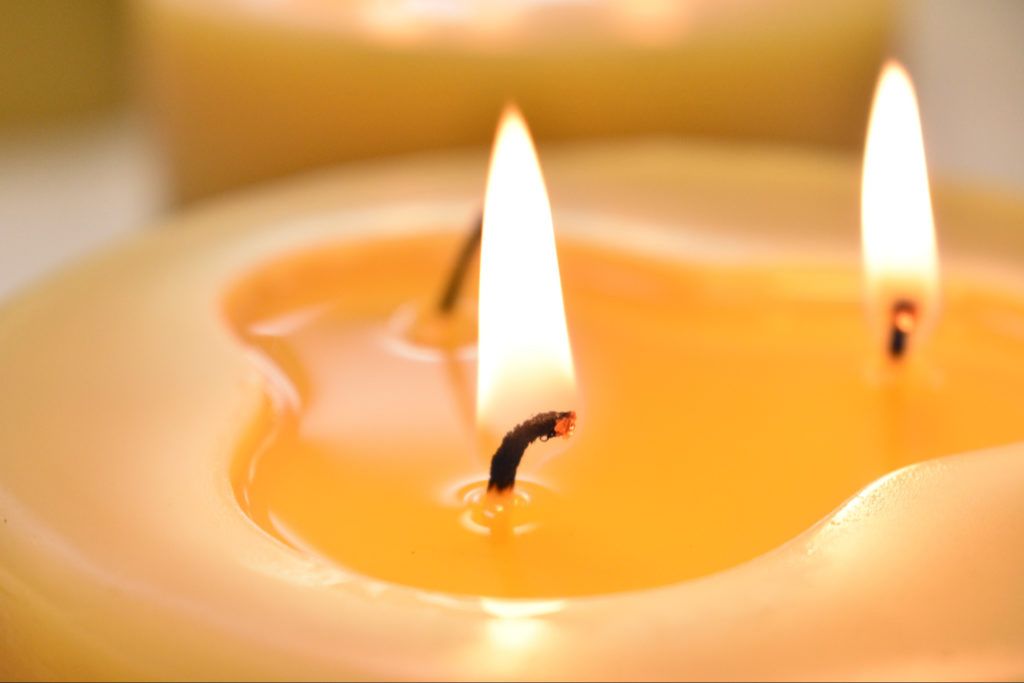
Beeswax has the highest melting point (around 145-150°F) giving it excellent burn quality with less soot, smoke, and dripping. The wax melts slowly and evenly for a consistent flame.[2]
Natural beeswax has a lovely honey aroma when burning due to its organic ingredients from honeycombs. The scent is divine without any added fragrances.
As an all-natural wax, beeswax is non-toxic and environmentally friendly. It’s a renewable resource that doesn’t require chemical processing.
The gorgeous golden glow of beeswax is beautiful when lit. It provides brighter illumination than most waxes.
For those reasons, beeswax is the most powerful and highest performing candle overall based on burn time, quality, scent, eco-friendliness, and ambiance.

